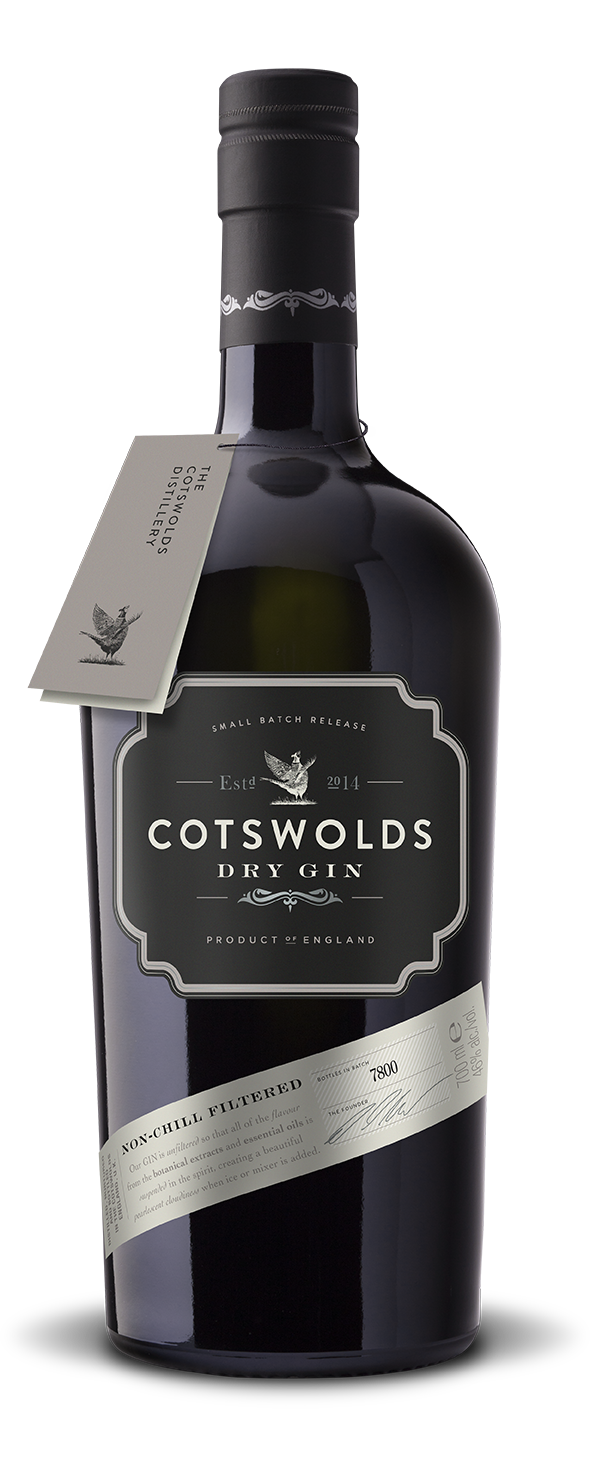
What exactly is gin? Where did it come from, and why do us Brits love it so much!? Well, the answer is a little more complex than you might think, so here's a quick science and history lesson...
In essence, gin is pretty much a flavoured vodka. The only real difference between the two categories is the predominant flavour and aroma of the juniper. In both, you start with a neutral spirit at 96% alcohol by volume (ABV) that has been derived from an agricultural source like grain. With the gin, you then rectify or compound this spirit with a series of flavours (botanicals), in such a way that the predominant flavour present is the juniper. Gin must, by law, then be bottled at a minimum ABV of 37.5%.
Gin has a huge amount of very interesting history surrounding its development and climb to such a widely consumed and loved spirit. Gin originates from the Dutch spirit 'genever', which literally translates as 'juniper'. This was a distilled malt wine that had been flavoured with juniper, amongst other herbs and spices. First references of the spirit date back to the 13th Century, with the first major contact for the British with genever being during the 80-year war. British troops fought alongside the Dutch, who were all drinking genever before battle, thus giving rise to the term 'Dutch Courage'!
Although ‘gin’ is said to have been invented around 1650 by Dr Franciscus Sylvius in the Netherlands, this still would have been classed as genever, and not gin as we know it. The date that genever was re-written and gin came to be is a little hazy, but the first written reference of the actual word 'gin' was in 1714 in 'The Fable of the Bees', by Bernard Mandeville. In the book, it appears that the ‘Gin Shops’ were already rife, and that gin had become a part of the fabric of culture at the time. During the 18th Century, the Brits were consuming so much gin that it had led to widespread abuse and hardship, which William Hogarth condemned in his infamous 'Gin Lane' etching above, and resulted in the 1751 Gin Act which aimed to curb the nation's consumption.
Over two hundred years later, gin has now become incredibly popular, and this is in part thanks to the humble G&T. The origins of this drink date back to around 1870 when British troops were stationed in India. The quinine in tonic water was derived from the bark of the cinchona tree and was believed to have anti-malarial properties. The tonic was extremely bitter and rather foul-tasting, so sugar was added to sweeten it and gin was added to make it more palatable. The citrus addition followed further down the line, but the G&T was here to stay!
Ingredients
(Serves 1):
50ml Cotswolds Dry Gin
A bottle of Indian Tonic Water
Grapefruit slice
A bay leaf
A handful of ice
How to make
Place all of the ingredients into an ice-filled shaker, shake and strain into ice-filled glass. Garnish with a slice of grapefruit and a bay leaf.


